The number of women active in SF continued to grow in the 1980s, despite pushback that ranged from angry tirades to attempts to erase women from SF history. One can get a sense of the trend by comparing the master lists of woman authors that I have compiled: Women authors who debuted in the 1970s: five pages. Women authors who debuted in the 1980s: sixteen pages.
There was a time when it was possible for a single person to read everything in the field. That changed in the late 1970s and 1980s; more publishers, more titles published. The upside: readers with particular genre tastes were more likely to find something they liked. The downside: it became easier for authors to suffer the mid-list death spiral and vanish.
In a spirit of inclusivity, I am including any woman who debuted in speculative fiction in the 1980s, even if they were active in other fields beforehand. Because I am monolingual, I am only focusing on people who published in English.
Kathy Acker
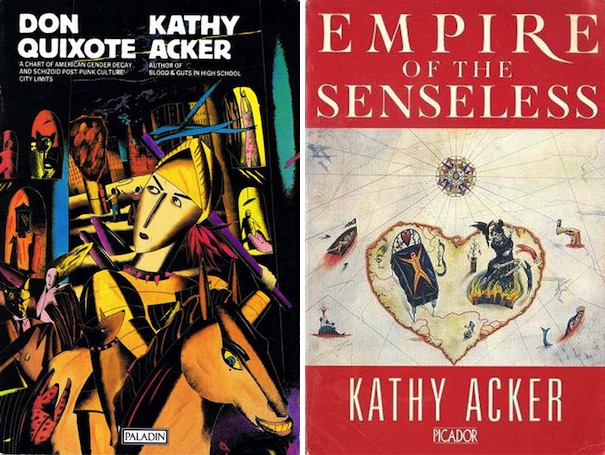
Punk feminist Kathy Acker was active in a number of fields. She wrote essays, plays, novels, etc. Her work tends to be avant-garde and literary (but also genre). Her William S. Burroughs-influenced strengths work nicely in her Don Quixote (Which Was a Dream), a novel in which a modern-day would-be knight engages in quests during the twilight years of the Nixon administration.
Sharon Ahern
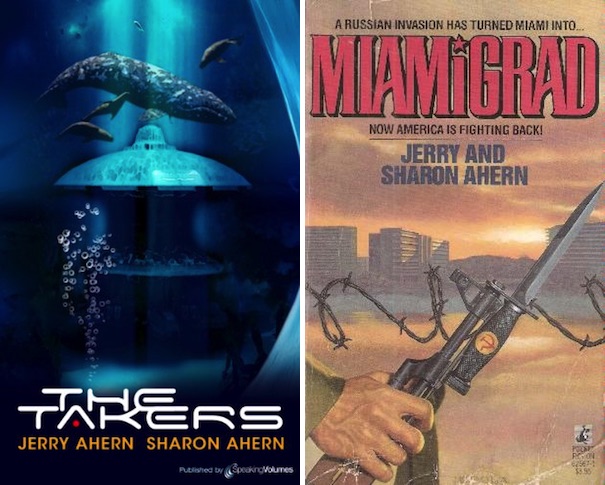
Most of Sharon Ahern’s published works are collaborations with Jerry Ahern. I’ve only read one of hers, The Takers. It’s a fast-paced secret history adventure in which would-be Nazi grave looters get punched in the face (or shot). If that’s your thing, you might enjoy this book.
Kathleen Alcalá
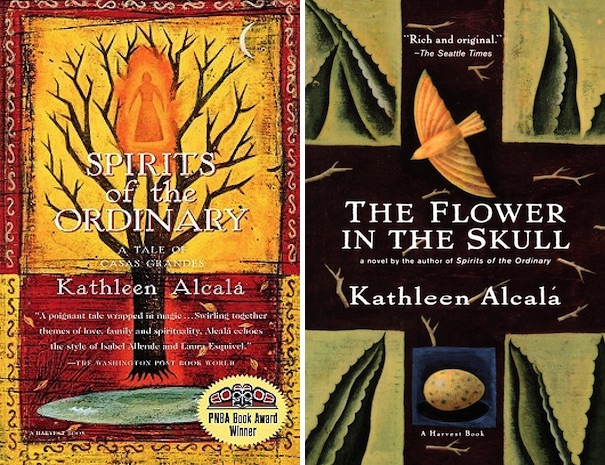
Kathleen Alcalá would probably be classified as an author of historicals. She specializes in 19th century Mexico and what is currently the American Southwest. IMHO, some of her works are also spec-fic. For instance, Spirits of the Ordinary follows a Jewish-born, Catholic-wed protagonist who becomes a prospector and a shaman.
Vivien Alcock
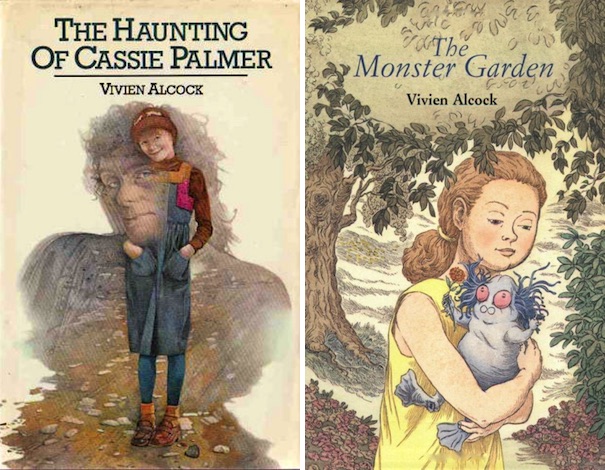
Vivien Alcock wrote children’s books. Quite a number of them, in fact, of which at least one, The Haunting of Cassie Palmer, was adapted to television. I am embarrassed to admit that the only work of hers that I have read is The Monster Garden, in which the young daughter of a (possibly mad) scientist inadvertently creates a creature that she must then protect from a hostile world. Which, I will point out, makes her about ten thousand percent more responsible than Victor Frankenstein.
Patricia Anthony
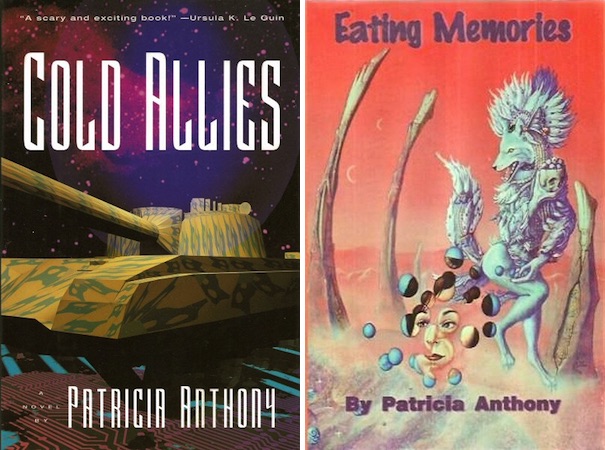
Patricia Anthony was one of those authors who appear in SF, have a brief, incandescent career, and then vanish. In many cases, their absence is merely a hiatus; lamentably, Anthony died in 2013 before returning to the field (The Sighting was published after her death). In her lifetime, she published Cold Allies, Brother Termite, Conscience of the Beagle, The Happy Policeman, Cradle of Splendor, God’s Fires, Flanders, The Sighting, and the collection Eating Memories. They’re all slipstream and all bleak. If that sort of thing is to your taste, you will probably like them. Other readers may bounce off. If you want to dip your toe in the water, consider Cold Allies, which depicts a climate change-driven invasion of Europe complicated by the appearance of aliens.
Kim Antieau
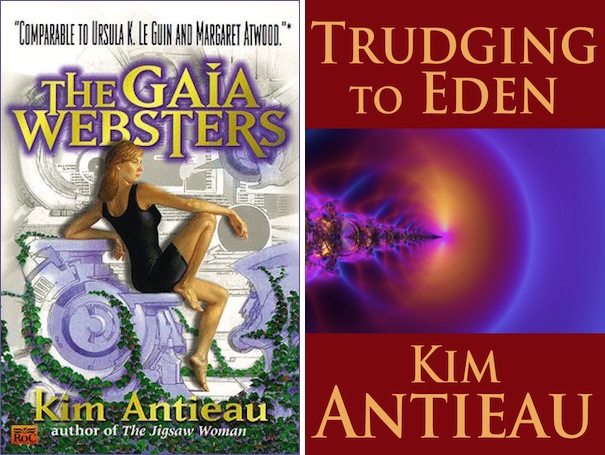
Librarian Kim Antieau writes for a variety of audiences, adult and teens. Any teens reading this are advised not to start off with her post-apocalyptic wanderjahr The Gaia Websters, which is far too steamy for today’s innocent youth.
Constance Ash
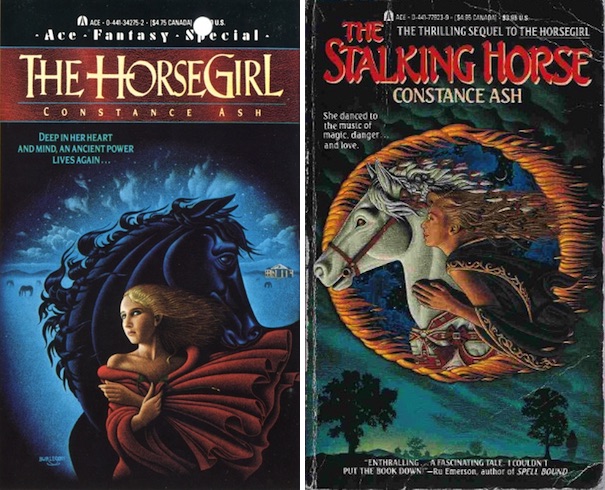
Constance Ash is an author about whom I know little. The exception is her The Horsegirl, a coming-of-age, secondary-universe fantasy novel in which a young woman’s love of horses allows her to escape the unpleasant patriarchal society into which she was born¹.
Nancy Asire
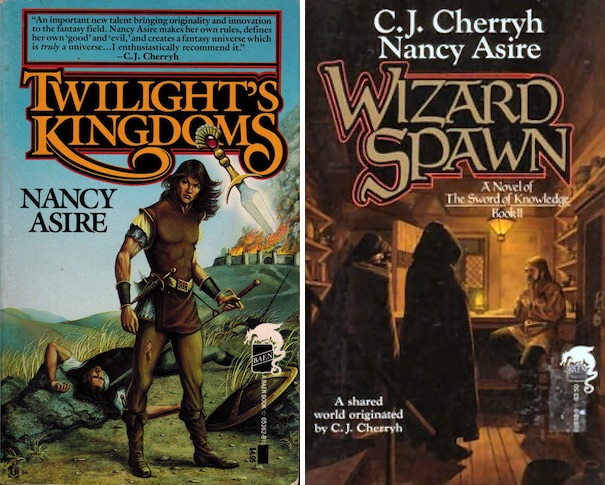
Nancy Asire has published frequently, for the most part in shared universe series, such as Heroes in Hell (a series off which I bounced hard) and Cherryh’s Merovingen Knights (which still sits in my Mount Tsundoku). I have read one solo work, Twilight’s Kingdoms, in which the forces of light find that their insistence on embracing principle rather than short-term gain hampers the struggle against evil. Suffice it to say that I was not gobsmacked.
Jean M. Auel
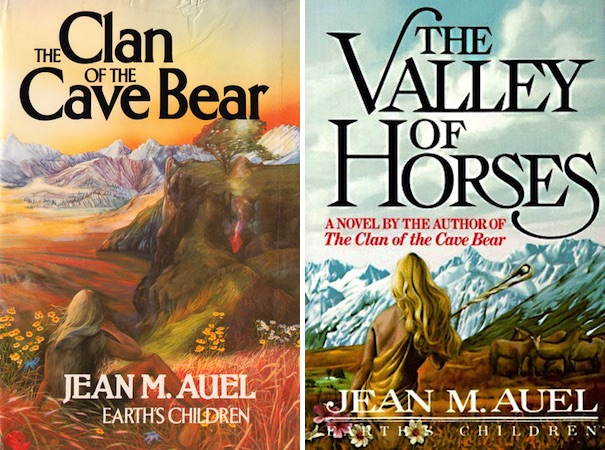
Jean M. Auel is the best-selling author of the Earth’s Children series. It is set in a European pre-history populated by Cro-Magnons and Neanderthals. Protagonist Ayla is Cro-Magnon, but she was orphaned as a child and adopted by Neanderthals. She is unhappy in her new tribe (cultural differences, Neanderthal leader acting like a jerk) and eventually leaves to find her Cro-Magnon conspecifics. Which proves difficult. Ayla is a Paleolithic genius who invents a double-stone sling technique, the sewing needle, and various other tech. If she were alive today, she would have made millions from a startup. Start at the beginning: The Clan of the Cave Bear. (Note: it’s not great art, but Auel can write page-turners.)
The list of shame. I have not read any works by the following people. If you are familiar with their fiction, please share what you know:
1: There are sequels, but the vagaries of 1990s book distribution seem to have kept them out of Waterloo Region. I haven’t aggressively searched online for used copies.
In the words of Wikipedia editor TexasAndroid, prolific book reviewer and perennial Darwin Award nominee James Davis Nicoll is of “questionable notability.” His work has appeared in Publishers Weekly and Romantic Times as well as on his own websites, James Nicoll Reviews and Young People Read Old SFF (where he is assisted by editor Karen Lofstrom and web person Adrienne L. Travis). He is surprisingly flammable.










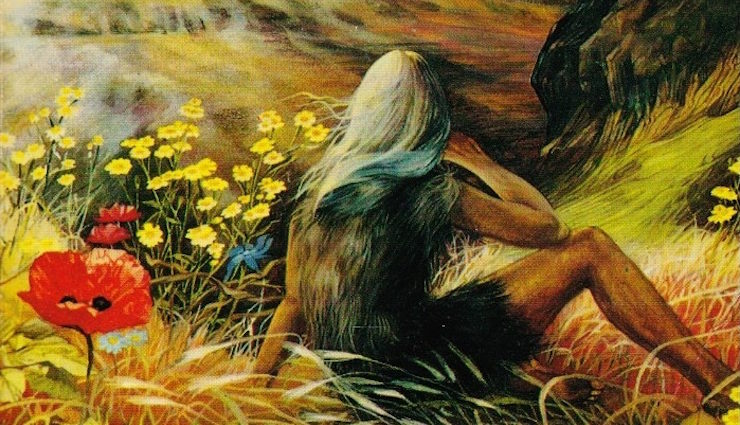
Patricia Anthony was an acquaintance of mine, I read most of her work, and I still regret her early demise.
Looks like Hope Athearn wrote only poems. I’m sure I read them, since I was reading Asimov’s cover to cover during that time period.
It’s hard for me to believe that it’s been that long since Patricia Anthony was writing – I read “Brother Termite” and enjoyed it (I also read a fair amount of Auel).
Very often when I am watching TV with She Who Must Be Obeyed, she will ask how this actor or that actor got so old. “Over time,” I answer. It’s pretty stupid that individual people last maybe one hundred millionth of the time the Sun will be on the main sequence and many of the best not even that long.
It’s the leader’s son who is mean to Ayla, not the leader. Skip the last book, it doesn’t really have a plot, and the only thing that happens is spoiled on the back of the book. She seems to have promised readers another book, but didn’t know what to do with the characters after they got home.
@3: “How did he get so old?” “‘Two ways. Gradually and then suddenly.'”
I read most of Patricia Anthony and enjoyed them. Tried Clan of the Cave Bear and couldn’t finish it. Thought it poorly written.
In a nice instance of punk synergy, the Mekons, a punk/alt-country/eclectic band fronted by Jon Langford (SF author David Langford’s brother) released a song titled ‘Empire of the Senseless’ a year after Kathy Acker’s book was published.
Now I have to ferret out links…
My wife loves the Jean Auel books, though I don’t think she’s forgiven me yet for referring to Earth’s Children as The Mammoth Humpers.
Constance Ash aka Constance Sublette, with her husband Ned Sublette, co-wrote the brilliant ‘American Slave Coast: A History of the Slave Breeding Industry’, which explains everything about America.
I’m not even joking. Though eminently readable, the subject matter is…well, it’s the truth, and the truth is always difficult to acknowledge. I recommend reading in small doses so you can absorb and ponder.
Autocorrect seems to have stuck its oar in – it should be Merovingen Nights.
Empire of the Senses? According to Wikipedia, “In the Realm of the Senses (French: L’Empire des sens, Japanese: Ai no korīda, “Corrida of Love”, I think that should be “Corridor”) is a 1976 French-Japanese adult, ahem, “art film“, quite a shocker going by the rather thorough description provided; and also inspired “Ai No Corrida”, a popular song in 1980. I do not know if Quincy Jones had seen the film. The phrase may have existed before then, Italo Calvino was said to be interested in it – again, probably not the film…
There is a community at http://ecfans.com/forums/index.php that follows Auel’s books.
It contains discussions of prehistoric people and fan fiction about the characters.
I dug Empire of the Senseless. It includes a cool homage to the panther modern sensory overload attack in ‘Neuromancer’, as I recall. K. Acker was awesome.
@ 7 Kirth Girthsome The Mekons, one of my all-time favorite bands, also recorded an album with Kathy Acker called Pussy King of Pirates.
Robert Carnegie@11
Think bullfighting rather than Dr Who.
Sheila Finch is still publishing, started in 1980s.
I’m really enjoying this series of articles (and have added yet another book to my tbr stack!). Is it likely to be published as a whole at some time? – perhaps gathered together on Tor.com? Thanks.
Colleen Anderson and Hope Athearn are poets, good poets IMO. Athearn’s “The Space Song of J. A. Prufrock III” is particularly good. I carried a photocopy of it from its original magazine appearance in my wallet for years. Sadly, poetry often gets short shrift.
I managed to read the first two Earth’s Children books, but stopped a couple of chapters into the third. It was getting silly by then, IMO. I really should have read some Vivienne Alcock, as a school librarian, but never got around to it. I wonder if they’re still in print?
Hoping this list continues right on to Z, it’s cool to find new-to-me authors, and a reason for skulking about used bookstores.
Because my sff reading dropped, I’ve read only Jean Auel and, Lois McMaster Bujold, in the B’s.
As an aside, I don’t see any of the comments in the article for the B’s.
You realize every teenager who read this article immediately sought out a copy of The Gaia Websters, right?